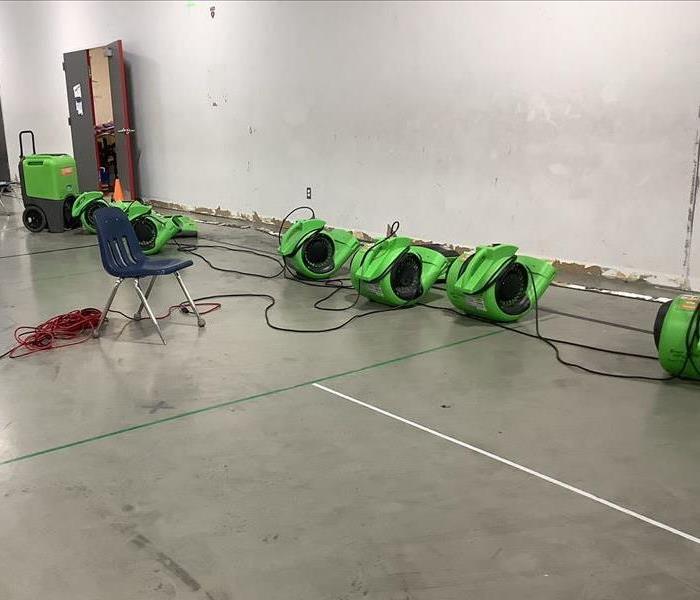Most Culprits For Home Fires
2/28/2024 (Permalink)
Fire safety is a crucial consideration for every household. While homes are meant to provide comfort and security, certain items or practices can unintentionally lead to fires if not handled properly. Let's delve into some common culprits that can spark fires in homes:
Cooking Equipment
The kitchen is often dubbed the heart of the home, but it's also a common site for fires to start. Unattended cooking, overheated oil, or flammable items left too close to the stove can easily ignite and lead to kitchen fires.
Electrical Appliances and Wiring
Faulty electrical appliances, overloaded circuits, damaged wiring, or the misuse of electrical outlets can all pose fire hazards. Items like space heaters, toasters, and overloaded power strips are particularly prone to sparking fires if not used correctly.
Candles
While candles can create a cozy ambiance, they also pose a significant fire risk if left unattended or placed too close to flammable materials like curtains or furniture. Knocking over a candle or forgetting to extinguish it before leaving the room can quickly lead to disaster.
Smoking Materials
Smoking indoors increases the risk of fires due to lit cigarettes, matches, or lighters. Improperly discarded smoking materials, such as cigarette butts not fully extinguished, can ignite furniture, carpets, or other flammable items.
Heating Equipment
Heating appliances like furnaces, fireplaces, wood stoves, and space heaters can all start fires if not properly maintained or used incorrectly. Creosote buildup in chimneys, proximity of flammable objects to space heaters, or leaving heating devices unattended are common causes of heating-related fires.
Children Playing with Fire
Children are naturally curious, but playing with matches, lighters, or other fire-starting materials can have devastating consequences. Educating children about fire safety and keeping these items out of reach can help prevent accidental fires.
Flammable Liquids
Storing flammable liquids such as gasoline, paint thinners, or solvents improperly can create a serious fire hazard. These liquids should be stored in well-ventilated areas away from heat sources and in containers specifically designed for their storage.
Electrical Hazards during DIY Projects
DIY enthusiasts should exercise caution when working on electrical projects. Improper wiring, overloaded circuits, or cutting corners on safety measures can result in electrical fires. It's essential to follow proper procedures and, when in doubt, consult a professional.
Dryers
Lint buildup in dryer vents is a significant fire hazard. Regularly cleaning lint traps and dryer vents can help prevent dryer fires, which can quickly escalate due to the combination of heat and flammable lint.
Holiday Decorations
Holiday decorations, particularly those involving lights or candles, can pose fire risks if not used safely. Overloaded electrical outlets, damaged wiring on lights, or leaving candles burning near decorations can lead to holiday-related fires.
Conclusion
While these items or practices can pose fire risks, awareness and precautionary measures can significantly reduce the likelihood of a fire occurring in your home. Investing in smoke detectors, practicing fire escape plans, and staying vigilant about fire safety can help keep your household safe from potential disasters. Remember, fire prevention starts with you!






 24/7 Emergency Service
24/7 Emergency Service
